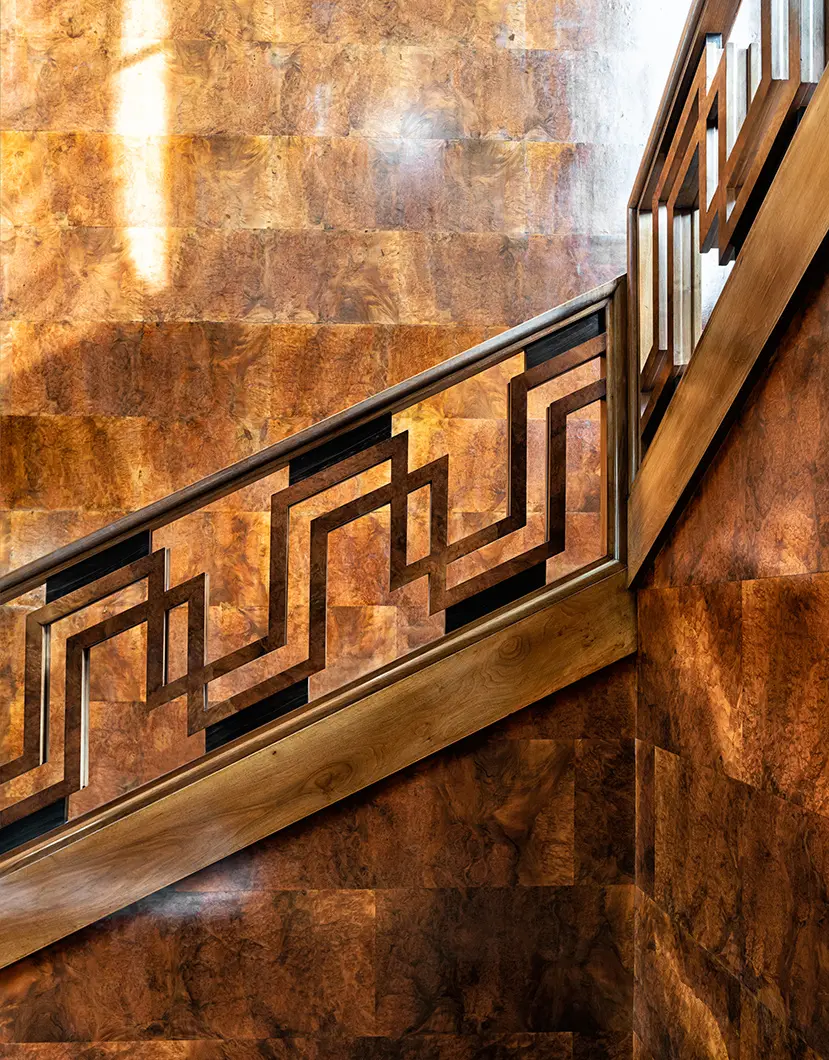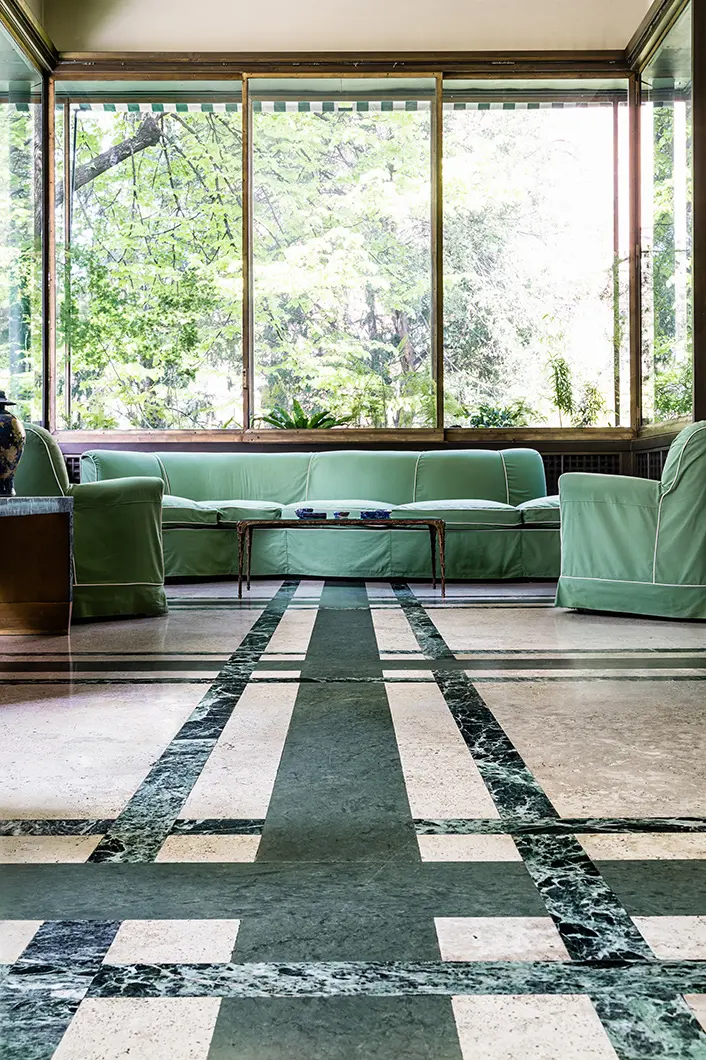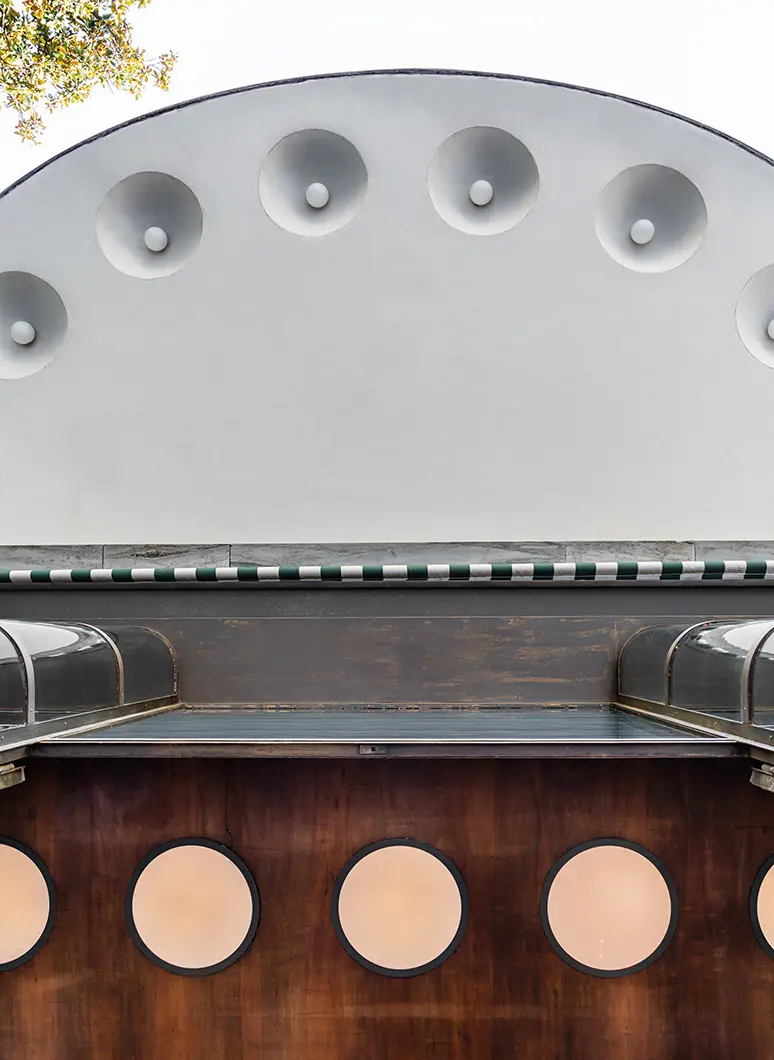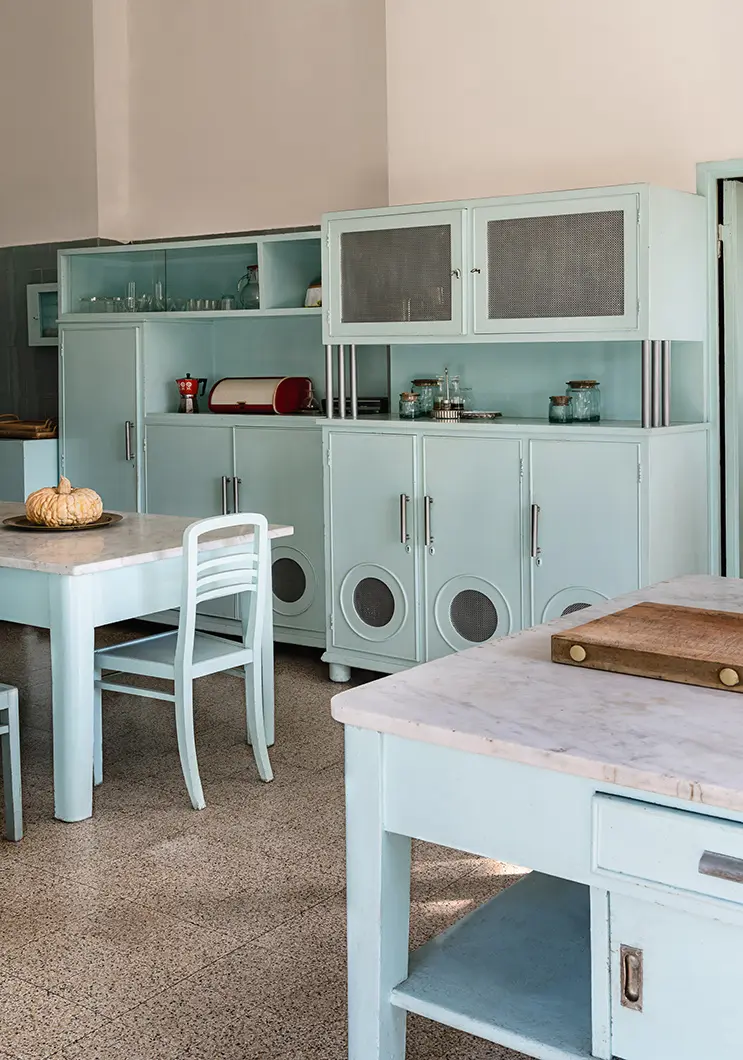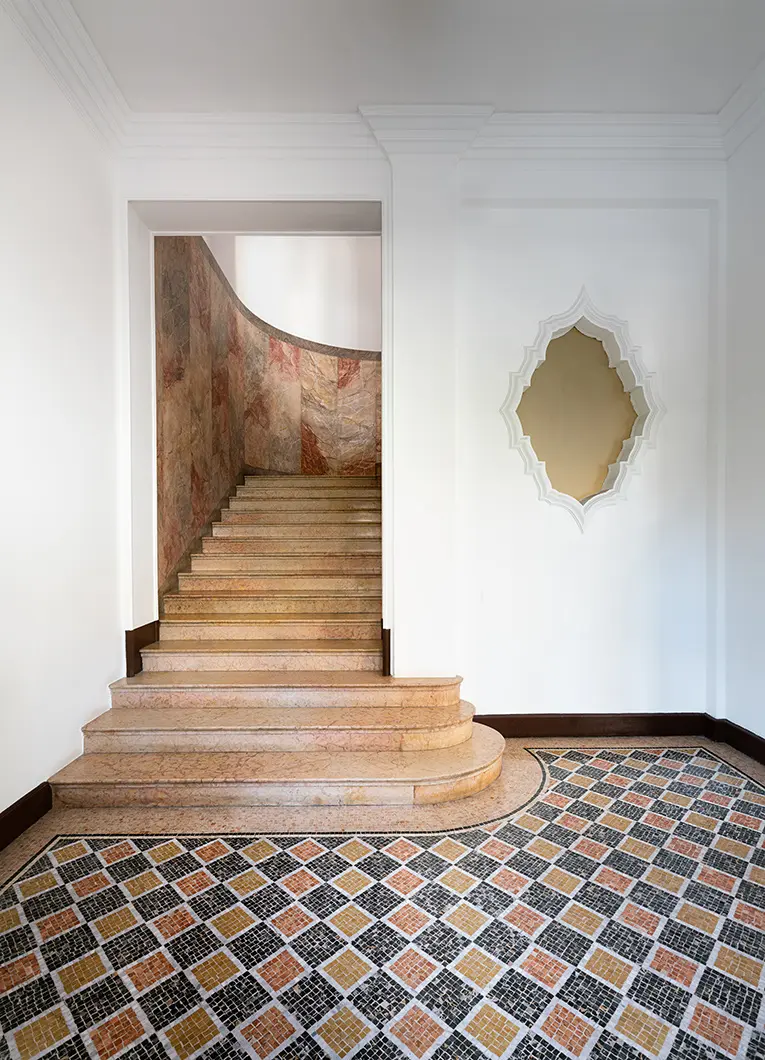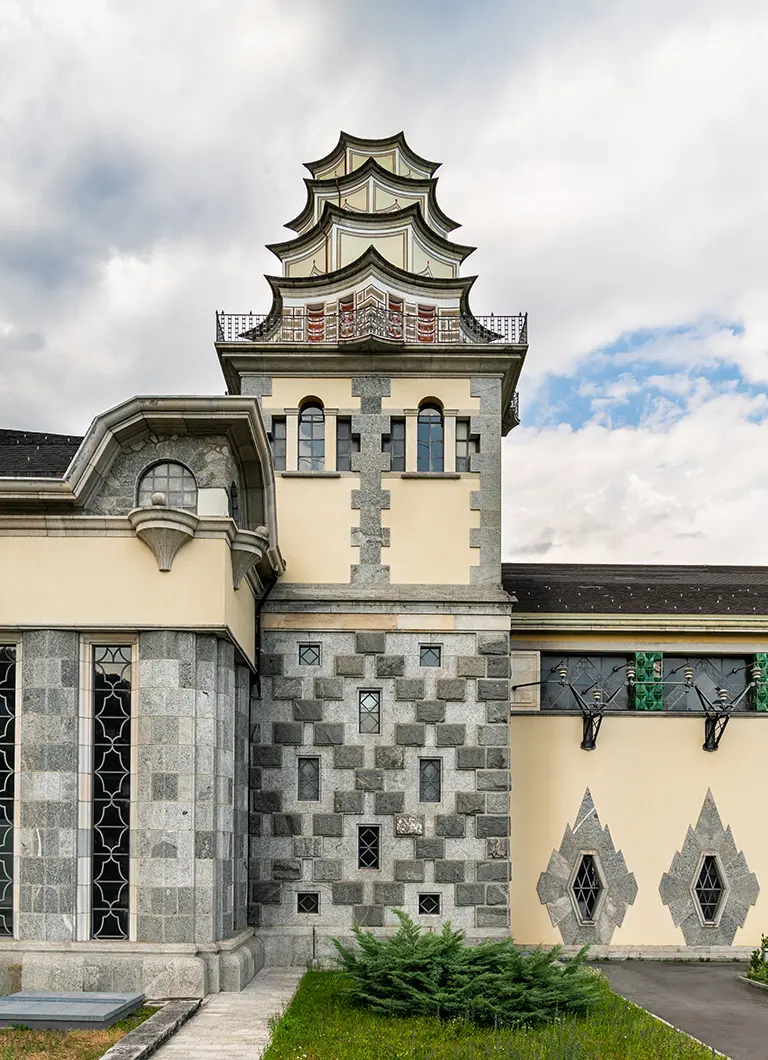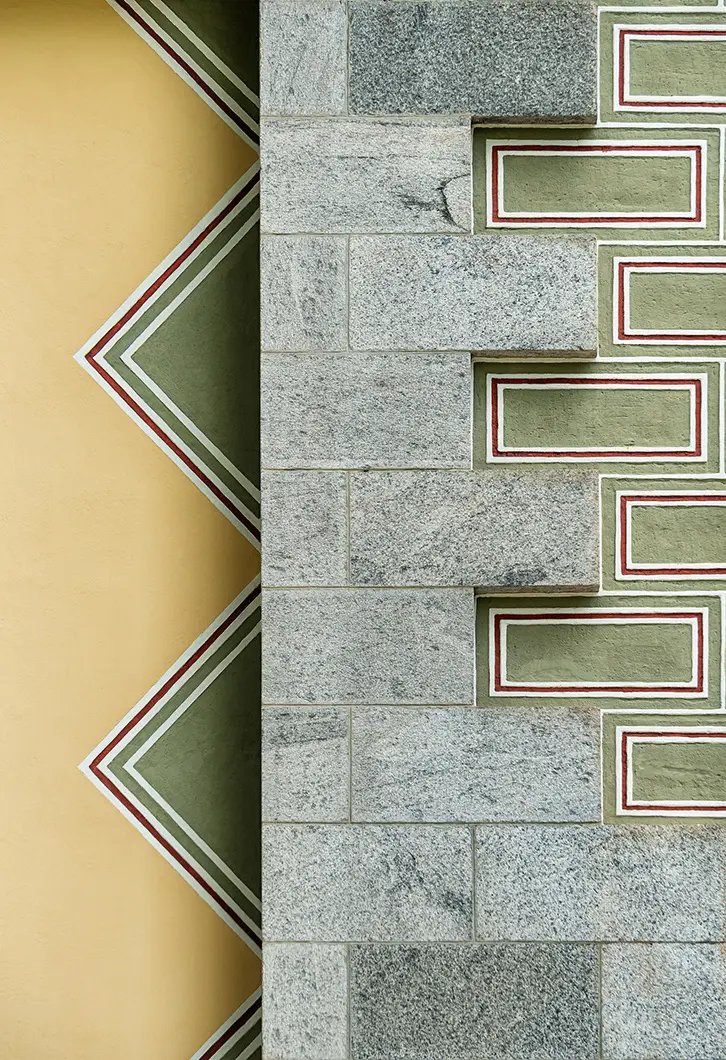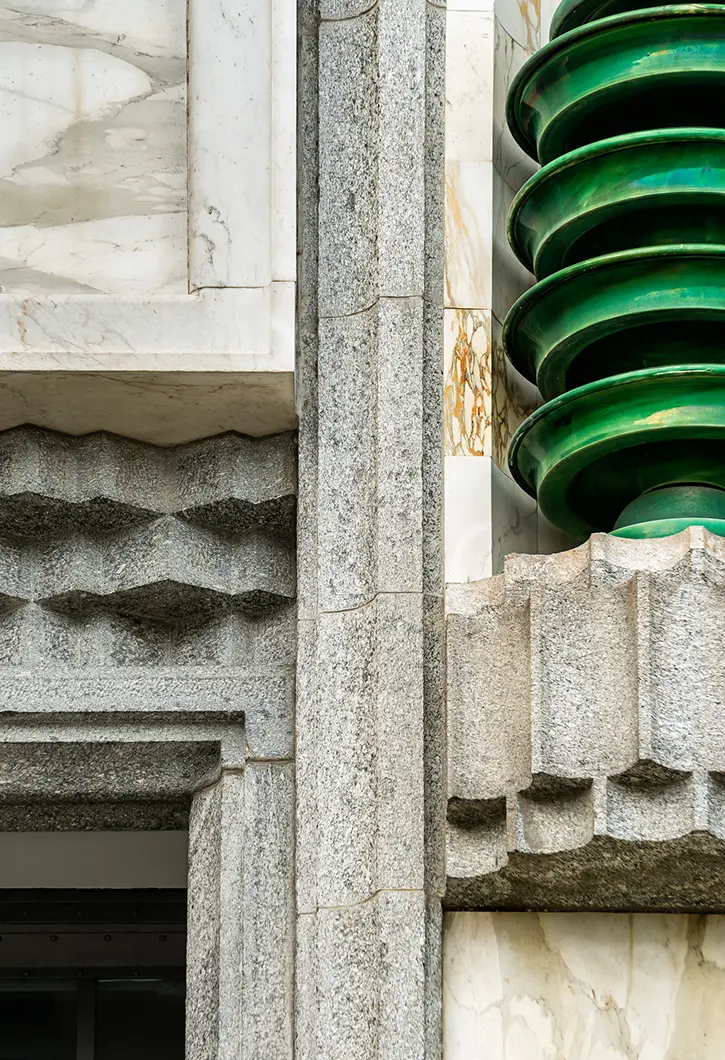From BIG to David Chipperfield, Frank Gehry to Snøhetta: a world tour of the best buildings set to open in 2026
The subtle charm of Piero Portaluppi’s work in 150 hitherto unseen shots
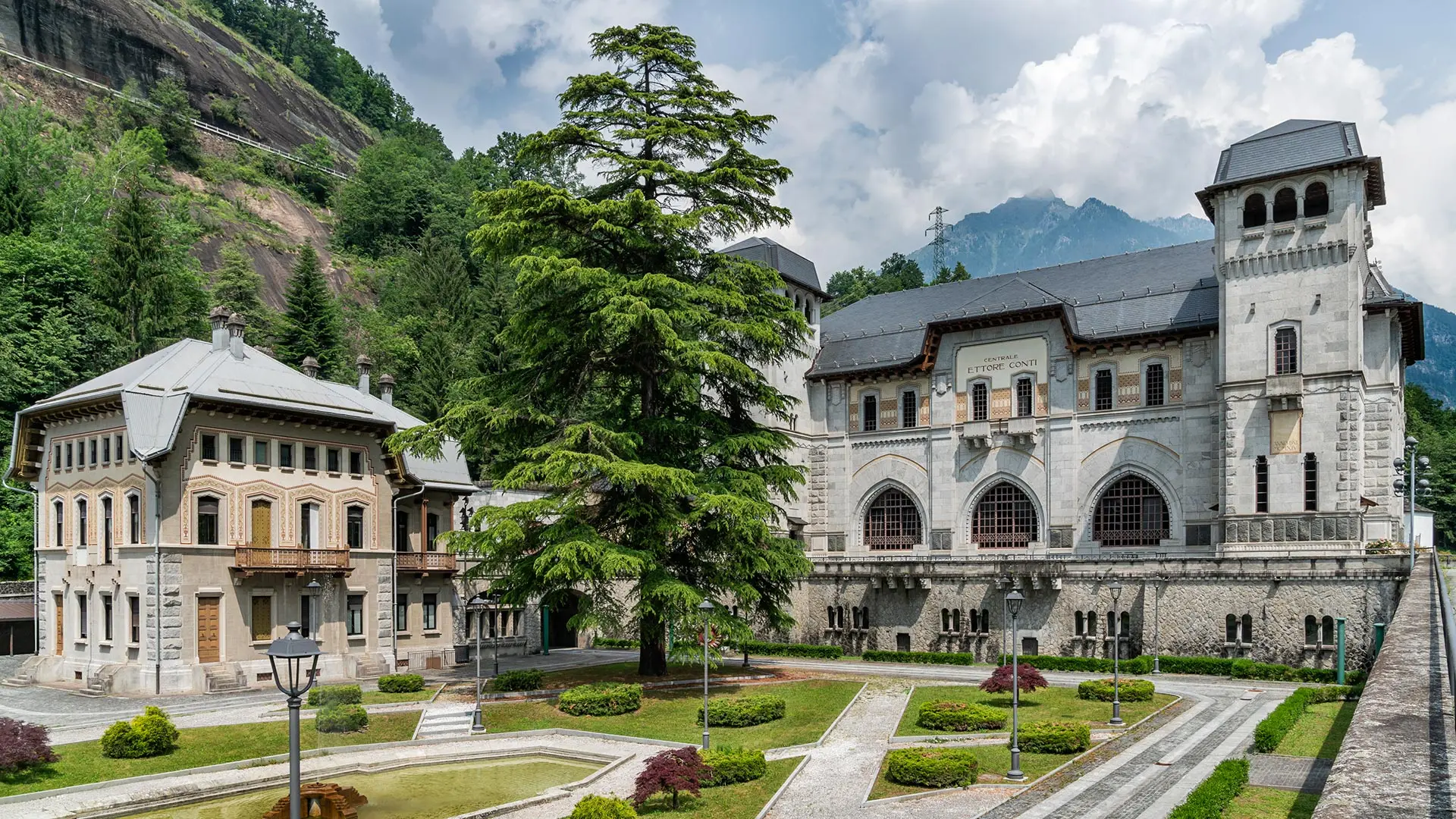
Overall view of the Ettore Conti power plant with garden in Verampio
At Villa Necchi Campiglio, beloved of filmmakers such as Luca Guadagnino and Ridley Scott, to the Hoepli Planetarium: Milanese society narrated through the sophisticated architecture of one of its Masters.
Following the great success of the recent solo show dedicated to Carlo Scarpa, Lorenzo Pennati and Patrizia Piccinini have brought out this new illustrated book on one of the most sophisticated Milanese architects of the 20th century. Unfairly , he was little known to most people, perhaps because he was among the young proponents of Modernism, in 1954, one of the “chatterers, sellers and reactionaries”.
Pietro Portaluppi (known as Piero) was born into the nascent Northern Italian industrial middle classes in 1888 and was steeped from childhood in his father’s profession as an engineer and his cultural maternal family, related to the archetypal Milanese writer Carlo Emilio Gadda. His abilities were noted very early on, and he won the prize for best student of the year aged 22 at the Milan Polytechnic, sponsored by the city’s Association of Engineers and Architects, fast becoming an “assistant lecturer in Architecture” which was to give him a flavour of academia and saw him become chair of the Faculty of Architecture, until he retired in 1963. His pupils included all those subsequently labelled “modern” which made him one of the “fathers of architecture.”
It’s not easy to sum up Portaluppi’s style with a single definition, both because of the times he lived in and because of his personality. Portaluppi and his architecture reflected the changing times. Born in the late 19th century, he lived through the swing to modernity and technical innovation, straddling eclecticism and rationalism. Straddling both centuries, from the earlier he inherited elegant mannerisms and aristocratic tastes, and from the later his drive and curiosity about the future. Active between the 1920 and 1970s, he lived the duality of history in full: a country demolished by the world wars and its rebirth thanks to the economic boom. He worked on some of the most important bomb-damaged buildings in Milan – from the Pinacoteca di Brera to the conversion of the Monastery of San Vittore into the Science Museum premises – and became the favourite architect of the nascent North Italian industrial middle classes.
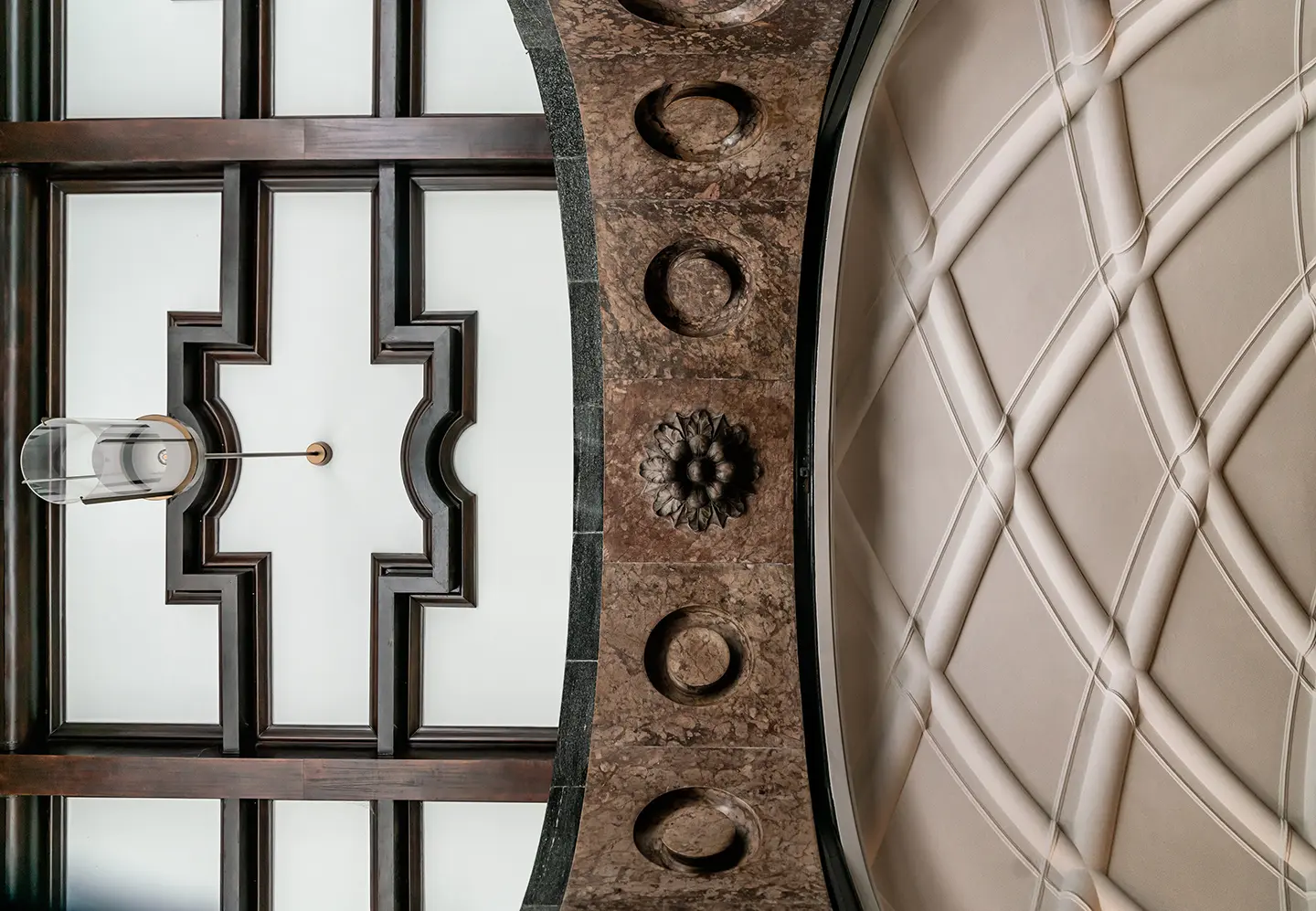
Detail of the covered path of Palazzo Crespi in Piazza Meda in Milan
The 150 photographs taken by Lorenzo Pennati, all hitherto unseen, document Portaluppi’s prolific output which always included a wide range of different types of buildings – from palazzi and villas for the haute bourgeoisie to museums, hotels, offices and much more besides, and constant research “made of continuity with tradition and a slightly disenchanted desire to trial new vocabularies. Cartoonist, satirical draughtsman, passionate puzzler, over the course of his lengthy career he built a visionary, fantastical world, built of imaginary buildings, but also of stylistic calambours: stars, and astrolabes, which he scattered here and there with precious marble and Deco-style mouldings,” noted Patrizia Piccinini.
The book contains a splendid selection of work from his prolific career, split into three project types: city buildings and public spaces, homes, and industrial building aesthetics. The city in which he did most work was Milan (his birth city), with the Ulrico Hoepli Planetarium, a Neo-Classical-style building but ironically dotted with little stars; the Argentario – now the headquarters of the Museo del Novecento – a sober building created with Giovanni Muzio, Pier Giulio Magistretti and Enrico Agostino Griffini; and edifices such as the headquarters of the Banca Commerciale, the RAS, in collaboration with Gio Ponti, and the Buonarroti-Carpaccio-Giotto company building.
Notable amongst his many private residences, marked out by their sophisticated surfaces and details, are the “entrance” volume of Casa Radici-Di Stefano, with its marvellous bow windows at a 45° rotation to the façade to render the living space more fluid, Casa Corbellini Wassermann, with its elegant striped-effect floors, Villa Necchi Campiglio, with its stand-out boiseries, furnishings, and bathrooms making for a play of sophistication, and modern luxuries such as the heated swimming pool, the butler’s tray, the radiator covers and the internal intercom. Not surprisingly, Luca Guadagnino and Ridley Scott chose the elegant villa as the set for their films I Am Love and House of Gucci.
His workplace architecture includes the Verampio hydroelectric power station in Val d’Ossola, and, in Milan, the Società Filatura Cascami Seta and the Linificio e Canapificio Nazionale buildings, the latter designed at two different stages, bearing his hallmark – neither classic nor modern, with a secessionist flavour and a rationalist feel.
Eclectic and modernist, academic yet ironic, he will forever remain “the ingeniously clever architect” as his father-in-law Ettore, a leading industrialist in the hydroelectric power sector, described him.
Title: Piero Portaluppi. Tra Tradizione e Avanguardia
Author: Patrizia Piccinini
Photo/s: Lorenzo Pennati
Published by: Rizzoli Illustrati
Published: 2021
Pages: 220


 Stories
Stories
